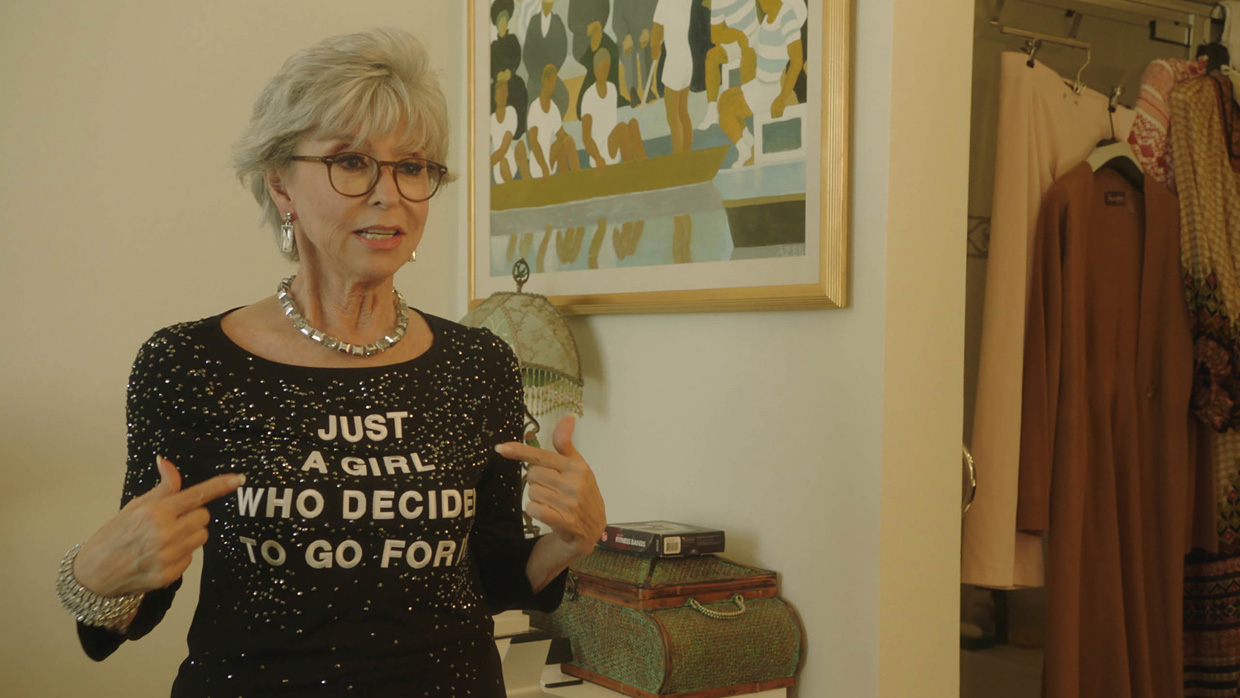 Back to selection
Back to selection
“This Film Needed to Embody a Feminist Perspective”: Editor Kevin Klauber on Rita Moreno: Just a Girl Who Decided Go For It
 Rita Moreno: Just a Girl Who Decided to Go For It
Rita Moreno: Just a Girl Who Decided to Go For It Rita Moreno stands as one of the few entertainers to attain EGOT status. Mariem Pérez Riera intimate documentary on the West Side Story star the racism Moreno faced as a Puerto Rican immigrant with aplomb, featuring interviews other iconic entertainers such as Gloria Estefan, Whoopi Goldberg and Eva Longoria. Editor Kevin Klauber shares the importance of recontextualizing Moreno’s story through a feminist lens.
Filmmaker: How and why did you wind up being the editor of your film? What were the factors and attributes that led to your being hired for this job?
Klauber: I was contacted by Brent Miller after being recommended by a coworker of my wife, Christina. I then watched a rough assembly of the film and met with the director Mariem Pérez Riera to discuss the edit and her vision for the film. I shared my thoughts and we were definitely on the same page in terms of how we imagined the film feeling.
Filmmaker: In terms of advancing your film from its earliest assembly to your final cut, what were goals as an editor? What elements of the film did you want to enhance, or preserve, or tease out or totally reshape?
Klauber: From the beginning, I felt this film needed to embody a feminist perspective. I was most drawn to the element of recontextualizing old films featuring performances by Rita Moreno in order to highlight both the underlying reinforcement of stereotypes/racism present in the culture of the film’s creation, and the propagation and continuation of stereotypes. Then to have Rita’s unique perspective on how embodying those degrading depictions of “the other” actually caused her to see herself poorly for being Puerto Rican… this added a layer of depth that I found fascinating and wanted to explore cinematically. When it comes to how I wanted to reshape of the film structurally from the assembly I was working off of, I discovered early on the interesting dynamic between young Rita trapped playing stereotypes, and the vivacious self-actualized Rita Moreno of today. As Mariem and I reshaped the film, we discussed the need to balance the heaviness of Rita’s trials in her past with the invigorating energy of the vérité scenes of her present life, so that by the end we understand how her difficulties ultimately codified her inner strength.
Filmmaker: How did you achieve these goals? What types of editing techniques, or processes, or feedback screenings allowed this work to occur?
Klauber: The process for this film was wonderful. I was so lucky to have inherited the assembly edit made by Mariem, because it contained nearly everything I needed to reshape the point of view of the film to embody the feminist perspective of Rita Moreno. Mariem and I spent the first couple days watching the assembly and discussing major structural changes to the film, then I executed the large changes and began the process of moving through the edit reworking each scene. We arrived at a new cut within a couple of weeks and screened it for our producers, then proceeded to execute changes based on feedback.
Filmmaker: As an editor, how did you come up in the business, and what influences have affected your work?
Klauber: I attended USC for film and focused on editing there, then got an internship at Morgan Neville’s company Tremolo Productions, where I eventually edited my first feature film Pearl Jam Twenty. From there I continued to edit feature documentaries/documentary series, and have been ever since. My editing work is most influenced by my background in theater, because documentary editing, at its core, is a writing process in which one must collaborate with other creatives in order to decide what’s happening in each scene, when, and how it’s happening. As an actor, the process of embodying a character can be incredibly useful for writing a documentary because it feels less like pupating a character when one attempts to operate from within a character’s desires.
Filmmaker: What editing system did you use, and why?
Klauber: I use Avid because I find it to be the most stable for long-form projects than any other nonlinear editing system on the market, however I have not yet edited anything in DaVinci Resolve.
Filmmaker: What was the most difficult scene to cut and why? And how did you do it?
Klauber: I’ve found that figuring out the first three to four minutes of any story is usually the hardest part, because it’s difficult to both introduce the audience to a world, and set the table narratively-speaking for what’s to come. Especially with this film, it took a lot of work of reading transcripts to find the right ideas for the first four minutes; to both set up the expectation of this being a story of Rita’s strength, while also surprising the audience with its honest examination of the imbalances of power imbued in the history of whose stories have been told in the history of cinema.
Filmmaker: What role did VFX work, or compositing, or other post-production techniques play in terms of the final edit?
Klauber: For the animated sequences, we had animatics made by the animation company, which we used until the final animations were completed.
